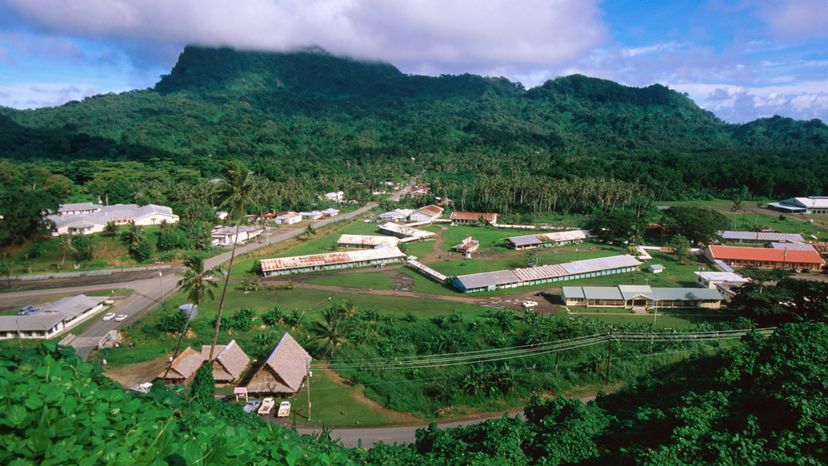
Embark on a journey to the Federated States of Micronesia, a hidden gem nestled in the heart of the Pacific Ocean. Comprised of over 600 islands, this enchanting destination offers a rich tapestry of history, diverse landscapes, and a vibrant, unique culture. As we delve into the four main states, explore the incredible geographical wonders, and uncover the traditions and values that bind the people together, you’ll discover a world like no other. So let’s set sail and immerse ourselves in the captivating allure of the Federated States of Micronesia.
Short Summary
- Explore the Federated States of Micronesia in 2023, composed of four distinct states with unique attractions and a complex history.
- Enjoy its diverse culture, religious heritage, and economic landscape while navigating its government structure.
- Be aware of energy & environmental challenges as well as security measures to ensure a safe trip.
Advertisement